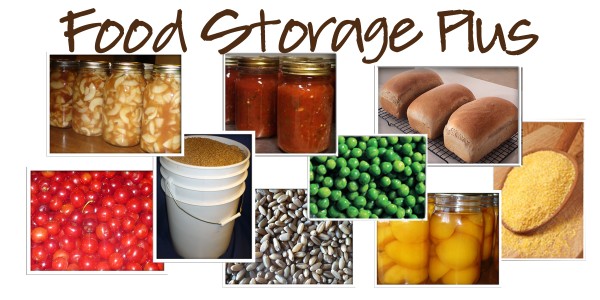 It is wise to have food around and to store it properly.
It is wise to have food around and to store it properly.I've read about and like the recommendation to store things that are easy, simple and have the ability to feed many people - in order to prepare for the worst possible situation. I feel that probably soups and stews are the best solution for longest term storage - and there are so many different variations to them - it doesn't have to be the same old soup every day. Plus, soups only use one pot!
You can put in them anything you grow in a garden, hunt and fish for, or scavenge could potentially all go towards a soup/stew.
You could use and easily store our favorite four main filler items: white rice, dried potatoes (diced or sliced), pasta noodles (macaroni / elbow, spaghetti, any kind of egg noodle), and beans.
For example, the 10 bean mix gives a variety of different nutritional values. You can add dehydtrated veggies (carrots, corn, peas, green beans, onions, etc.) and meat or TVP. The key to this will be your seasonings. You can add bouillons, green or red peppers, slat, white cream sauce, tomato powder or ay other seasoning you have on hand. The more stored, the better when it comes to seasoning soups and stews!
For breakfast, you could use boiling water and adding something to make one pot - like oatmeal, cream of wheat, 6 grain rolled grains, or a 9-grain cracked cereal. You could also store pancake mix to throw in some variety. Don't forget you will need some kind of sweetener such as honey, sugar and powdered milk.

We also suggest fruits, desserts, drink mixes and kitchen aid items, such as baking soda, salt, dehydrated eggs, dehydrated margarine, etc.) Don't forget the basic supply of wheat as well!
I know it is well worth the time and effort to get this done and best of all - find a place to store it!
p..s. If you need some help figuring out a very space efficient way to store your goods, I recommend checking out Timberline Storage Solutions- they just redid my storage area and I LOVE IT!!!!
.jpg)

